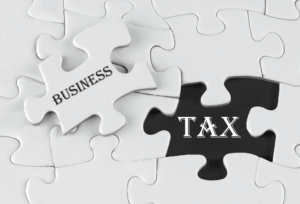
Typically, an examination of a company’s processes will result in ways to improve them. For instance, maybe a company will discover it doesn’t need a ten-hour shift on cost accounting basics a particular machine to produce a product, maybe eight hours will do. Or that assigning three people to a production line has proven too much, as only two are needed.
Accounting Principles: Basic Definitions, Why They’re Important – NerdWallet
Accounting Principles: Basic Definitions, Why They’re Important.
Posted: Thu, 06 Jul 2023 07:00:00 GMT [source]
Often these types of prices do not fluctuate, or if they do, they’re not by much. Controllable costs are expenses managers have control over and have the power to increase or decrease. Controllable costs are considered when the decision of taking on the cost is made by one individual. Common examples of controllable costs are office supplies, advertising expenses, employee bonuses, and charitable donations. Controllable costs are categorized as short-term costs as they can be adjusted quickly.
Price Determination
These financial statements (including income statements, balance sheets, and cash flow statements) offer a detailed view of a company’s financial performance and status over a specific period. When the revenue a company earns by selling its product is more than the cost it incurs in making the product, it earns a profit. On the other hand, when the cost of manufacturing a product is more than the revenue, the company suffers a loss. You decide if the cost is direct or indirect, and if the cost is fixed or variable.

This approach is best at reducing costs when a project is in its pre-production and planning stage. The beauty of cost accounting is that a company can use a combination of systems to design a costing method that works best for that business. While job and process costing are the two most common types of cost accounting, there are several others businesses may use.
Double-entry Accounting
With it, owners can sum up the total cost of owning and using an asset and reduce it to its present-day value. It is also important in situations where the opportunity cost of investing in a business opportunity has to be calculated. Life cycle cost accounting (LCCA) is an accounting technique that calculates the total cost to be incurred over the whole life of an asset.
- It is used to determine the impact on expenditure and profit if a single unit of production exceeds the estimated one.
- Cost accounting is specifically intended for managers and employees who are a part of your business and responsible for making important decisions.
- It assigns an average cost to labor, materials and overhead evenly so that managers can plan budgets, control costs and evaluate the performance of cost management.
- The management accounting relies on the financial reports from cost accounting and financial accounting to make informed decisions on the company’s economic growth.
- Instead of being a single ‘method’ of cost accounting, lean accounting involves a set of practices and principles designed to boost lean management.
- Activity-based costing (ABC) is a system for assigning costs to products based on the activities they require.

